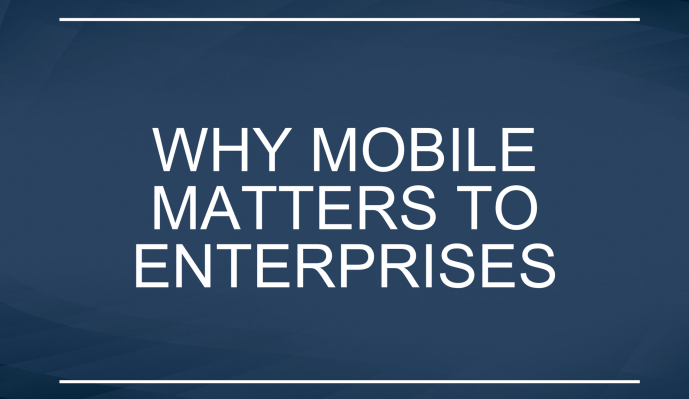Since its founding a decade ago, Emergence Capital Partners has become among the startup industry’s most highly regarded investors in enterprise software-as-a-service companies.
Fact is, few firms are as specialized. But the approach has paid big dividends. In fact, in 2013, Emergence saw one of the industry’s biggest returns with the IPO of Veeva Systems, an enterprise cloud provider for life sciences companies. In 2008, Emergence invested $4 million in the startup. When it went public, it was valued at $4.4 billion, and the firm’s stake was transformed into more than $1.2 billion.
Veeva’s market valuation has since slid to $3.2 billion, and Emergence has since quietly shifted its focus from SaaS startups to mobile enterprise applications. Among its newest investments: ServiceMax, a company whose applications are used by field service workers who are tasked with, say, completing installations or warranty repairs. “We think this is a bigger trend than SaaS has been to date,” says general partner Kevin Spain, who just published a detailed industry report that you’ll probably want to read.
We talked with him about it Friday. More from that conversation follows.
TC: What spurred you to write this – useful! — new round-up of mobile enterprise startups and how they fit into a larger ecosystem?
KS: People acknowledge that everyone who works now has a smart phone in their pocket, but we think most businesses have yet to really figure out how to use those devices in groundbreaking ways that mobile can uniquely unlock. It’s no longer enough to have email, calendar and contacts on your phone. We think there will be a whole range of business-focused apps that will help people do their jobs in more effective ways than ever before.
We’re in the early innings of entrepreneurs figuring out how big this opportunity is, too.
TC: I was surprised to learn that, as of a year ago, at least, just 16 percent of developers were focused on enterprise apps, even though the potential to make money with them is higher.
KS: That’s changing pretty rapidly. This [period] is very similar to what happened with the Web. In the late ‘90s, when the Internet came to be understood, the first place everyone focused was consumer, which made sense. Consumers are more willing to experiment with new things, and all founders are consumers themselves, so their first ideas are often consumer-oriented. But five to 10 years later, SaaS began to emerge in the business world, and we’re seeing the same in mobile.
TC: What are among the most interesting new apps you’ve seen?
KS: We think Plangrid, a mobile enterprise app that’s focused on the construction industry – and not in our portfolio – is very interesting. It allows people on these multimillion-dollar sites to share the latest blueprints, track issues, and better collaborate and communicate. We obviously like ServiceMax [which we’ve backed]. In both cases, workers who haven’t historically had access to great technology now do.
There are three billion people in the world who work, and just 20 percent of them [according to data from Forrester and the International Labour Organization] sit at their desks. Now, for the first time, you can address the 80 percent of them who don’t.
TC: You highlight three growth areas in your report: Desktop extension apps for employees who are deskbound and times and mobile at others; enterprise apps for entirely non-desk workers; and enterprise apps in emerging markets that are inherently “mobile first.” Of those three buckets, where will you spend the most time over the next five years?
KS: We’re seeing a lot of opportunity in this whole desk-extension opportunity. ServiceMax plays into this horizontal, as some of its users use desks. CoTap, a mobile message platform geared toward business users that we’ve backed, plays into it, too, as does [the storage business] Box [backed early on by Emergence]. It helps deskbound workers take advantage of mobile in new ways.
We think the deskless enterprise is another big area and [our portfolio companies] Doximity [the online social networking service for physicians], and Top Hat [ a mobile-based classroom response system] play into that trend. So does [Emergence-backed] Augmedix [a service for doctors built on smartglasses].
TC: The Augmedix case begs the question: how big a role will headsets and other wearables play in the mobile enterprise applications landscape that you foresee?
KS: It’s definitely bleeding edge. But the impact that companies like Augmedix are having with Google Glass demonstrates that new mobile form factors in the enterprise will be important, and I’m confident we’ll be looking at other wearable opportunities going forward.
TC: As for that third bucket — emerging markets?
KS: Global mobile is interesting. Many of these field-based workers are outside the U.S., so we see amazing opportunities to deploy [enterprise apps] to those outside of North America. But that’s probably a year or two out from an investment perspective.
TC: Assuming many more mobile enterprise apps flourish, should employees be more concerned about their privacy?
KS: It’s a question worth asking, because your phone knows a lot about you, including where you’ve been and where you’re going. Some enterprise apps will have more of that access to sensitive data like your location than others. With ServiceMax, for example, one of its key bits of functionality is route planning – telling you where your next client is and how to get there.
But in a lot of cases, the apps don’t have a tremendous amount of access because there isn’t a lot of need for location information. This is is something we may have to grapple with more in the future, but I think the number of applications where it will be an issue will be fairly small.
